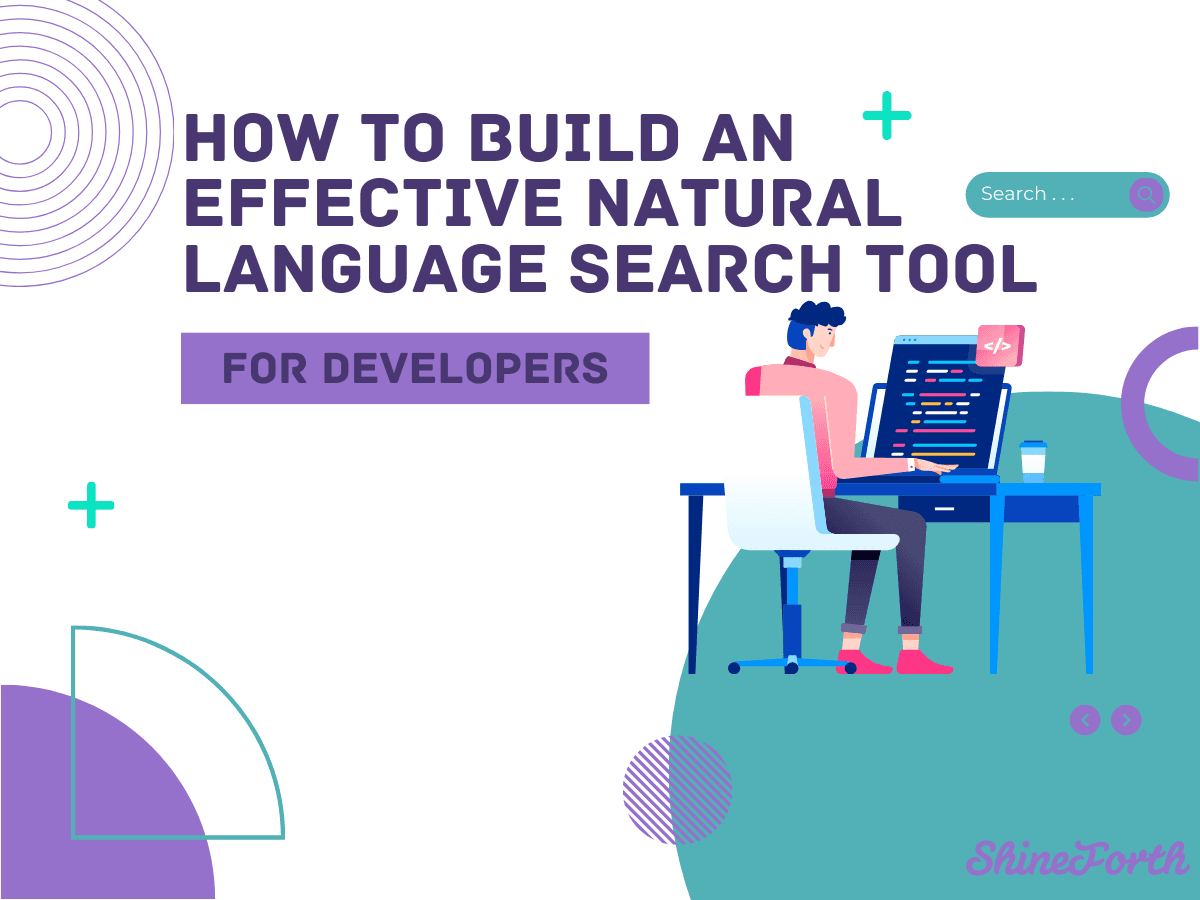How to Build an Effective Natural Language Search Tool: A Developer's Guide

In today's digital age, where data is both vast and vital, locating specific information can be like searching for a needle in a haystack. The emergence of natural language search tools offers a solution, enabling users to search using everyday language. These tools not only enhance user experience but also significantly boost efficiency by understanding the intent behind searches. But how can developers build these intuitive search solutions? This guide explores the process and highlights how leveraging natural language processing (NLP) can revolutionize search capabilities.
Understanding Natural Language Search
Natural language search tools utilize NLP to decipher and process queries phrased in everyday language. Unlike traditional keyword-based searches, these tools aim to comprehend the intent behind a query, making them more intuitive and user-friendly. For instance, when a user searches for "best Italian restaurant near me," a natural language search tool will go beyond identifying keywords like "Italian restaurant" and will interpret the user's intent to find top-rated dining options nearby. This nuanced approach enhances search relevancy and boosts user satisfaction.
Incorporating real-world insights, companies like Google and Amazon have set benchmarks in natural language search by refining their algorithms to better understand complex human language patterns. Their success highlights the importance of developing tools that align with user intent, facilitating a more seamless information retrieval process.
Laying the Groundwork: Data Collection and Preparation
Before delving into the technical aspects, establishing a robust data foundation is crucial. The effectiveness of a natural language search tool largely hinges on the quality and comprehensiveness of the data it processes. Collecting diverse datasets that encapsulate the spectrum of potential queries your tool might encounter is key to its success.
Data preparation involves cleaning and organizing this information, ensuring accuracy and relevance. This may include removing duplicates, correcting errors, and standardizing formats. Annotating data with metadata can further enhance search capabilities by providing context and improving accuracy. A case study from Spotify illustrates the importance of diverse data. By continuously refining their data collection methods, Spotify has improved its recommendation algorithms, offering users a more personalized experience.
Building the NLP Model
With your data prepared, the next step is constructing an NLP model capable of interpreting natural language queries. Selecting the right algorithms and frameworks that align with your specific requirements is vital. Tools like spaCy, NLTK, or Hugging Face's Transformers provide powerful options for developers aiming to implement NLP features.
Training your model involves a delicate balance between precision and recall. You want your search tool to return relevant results (precision) while ensuring it captures a broad range of queries (recall). This balance is often achieved through iterative testing and refining, using real-world search data for continuous improvement. A practical example can be seen in virtual assistants like Siri and Alexa, which are constantly updated to better understand and respond to user queries.
Integrating and Optimizing the Search Tool
With an NLP model in place, it's time to integrate it within your search tool, creating a user-friendly interface that facilitates seamless interaction with the model. Consider incorporating features like auto-suggestions, voice search, and personalized recommendations to enhance user experience. The integration phase is crucial, as demonstrated by e-commerce platforms like Amazon, which continuously optimize their search capabilities to improve user engagement and conversion rates.
Optimization is an ongoing process. By analyzing user interactions and feedback, developers can pinpoint areas for improvement. For instance, if users frequently refine their queries, this might indicate a gap in understanding that needs addressing. Regular updates and model retraining will ensure your tool remains effective and in tune with evolving language patterns and user expectations.
Embracing the Future of Search
Building a natural language search tool is a dynamic and rewarding challenge that leverages the latest advancements in AI and NLP. It demands a thoughtful approach, from data collection to model optimization, but the result is a powerful tool that significantly enhances how users interact with information. For developers and businesses, investing in natural language search capabilities isn't just about keeping up with technological trends; it's about delivering value through intuitive and intelligent user experiences. As you embark on this journey, remember that the ultimate goal is to create a tool that feels as natural and seamless as a conversation. Embrace the opportunity to transform how people search and discover information in your domain.